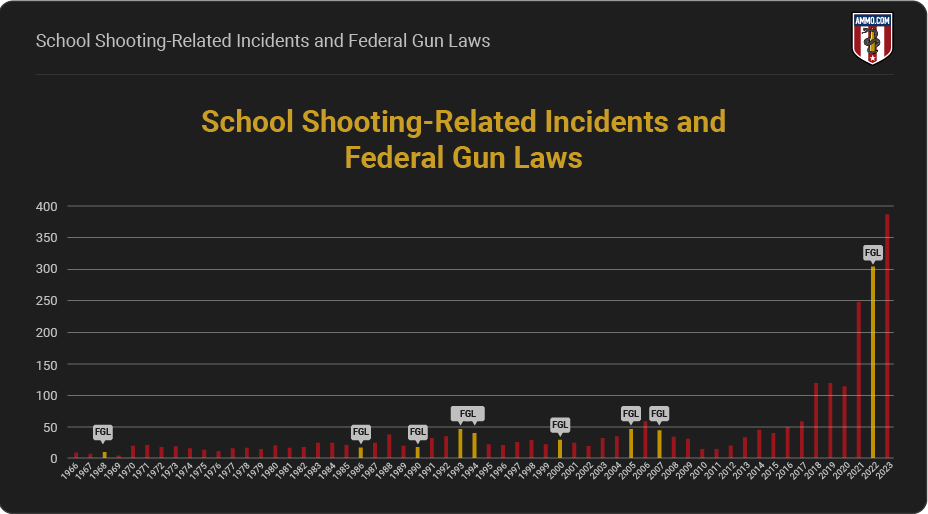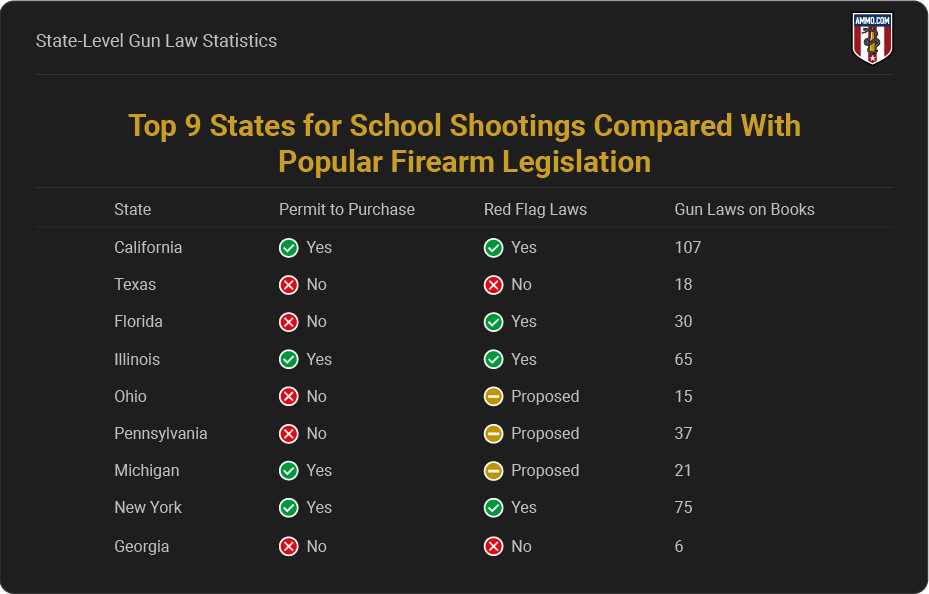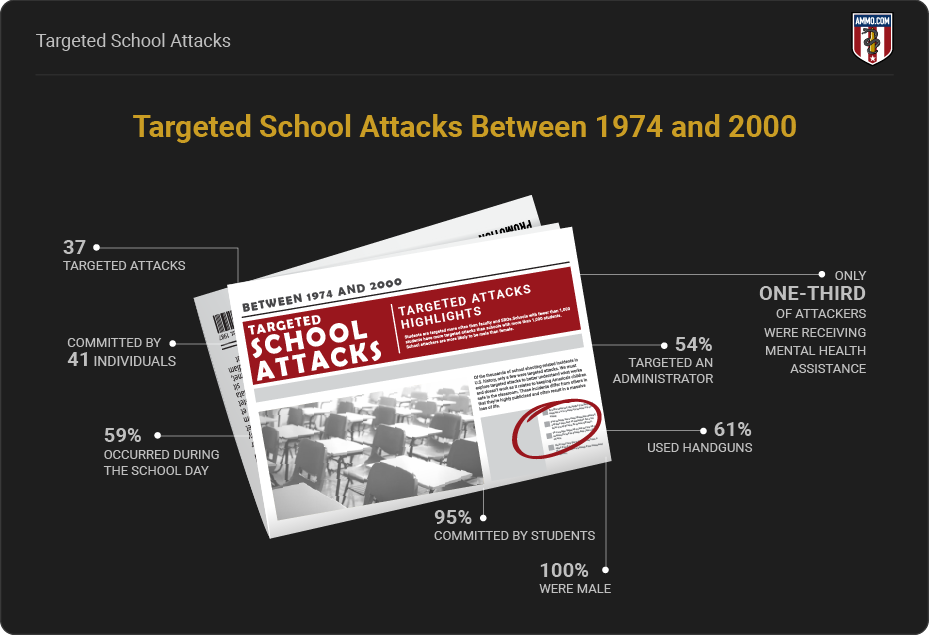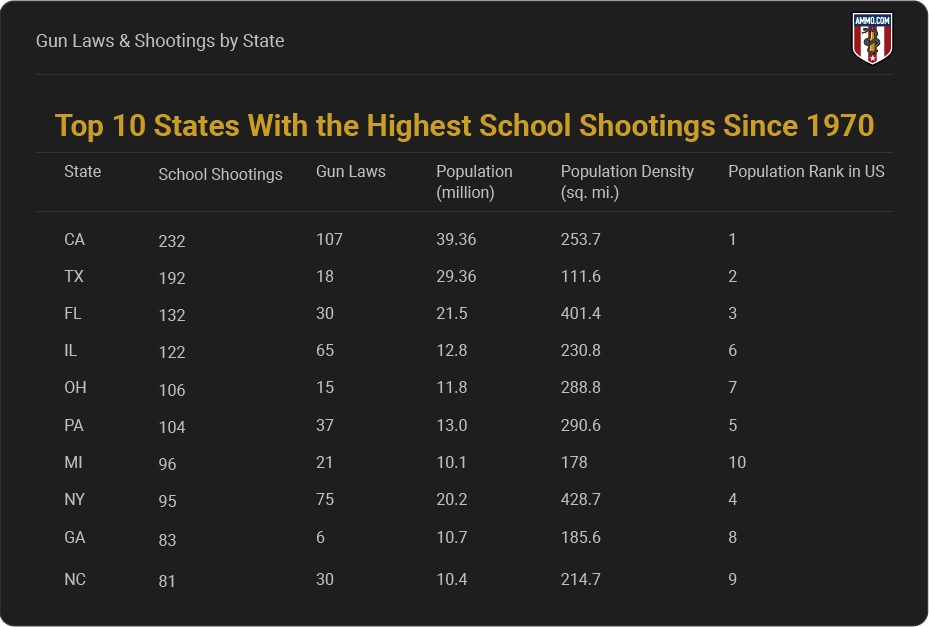On December 30, 1974, Anthony Barbaro walked into Olean High School in NY, killed 3 classmates, and injured 11 with a .30-06 rifle, 12 gauge shotgun, and smoke bombs. For more than 50 years, America’s school shootings have filled headlines around the world.
It’s tragic; people are tired of seeing the senseless loss of innocent lives in educational settings. Despite mounting gun control laws on the Federal and state level, school-related shootings continue to rise (2023 being the highest year yet, with 388 school shootings in only six months). Regardless of political affiliation or thoughts on well-regulated militias and the right to bear arms, one thing is clear; what we’ve been doing for the past forty years isn’t working.
Each school shooting incident in America reflects one thing, children are vulnerable. Schools tend to be easy targets while simultaneously producing mentally ill individuals with an unstoppable intent to harm others.
Unfortunately, we still have a lot to learn about school shootings. There are a lot of unanswered questions. But what we can do is investigate the changes between societal shifts and legislation over the years and spark meaningful conversations about stopping school shootings. Of course, the clock is ticking down to the next horrific headline, so we need to start these meaningful conversations now.
Thousands of federal and state gun laws are designed to keep firearms away from schools, out of the hands of the mentally ill, and inaccessible to minors. The vast majority of these laws were enacted in the 1980s and later.
However, school shootings have increased dramatically since the 1980s as well. To better understand what legislation we’re working with right now, let’s review the federal and state firearms laws on the books today.
Federal Gun Laws
With Congress and the White House working together, federal firearm legislation and restrictions are ample. Regardless of state or local legislation, these laws apply to any U.S. citizen. Although we don’t have an exact count of federal firearms laws (some resources cite 20,000 or more), we can pinpoint sweeping firearm legislation for the past 80 years and compare it to the rate of school shooting incidents for a broad picture of the effectiveness of federal firearms laws.

(5.) United States v. Lopez - TX already had laws in place, but state charges against Alfonso Lopez were dropped when the Feds charged him. Congress amended the act to reflect firearms that traveled across state lines and cited undue financial hardship.
With school shooting-related incidents on the rise, politicians often over-exaggerate their role and power in protecting schools. President Biden signed the 
State-Level Gun Law Statistics
While all 50 states and Washington D.C. must adhere to strict federal firearm legislation, we must also examine how state laws impact school shooting incidents. Currently, there are 1,325 total state firearm laws countrywide. Each state has its own process for background checks, firearm purchases, carry and conceal regulations, and carry locations.
Seven states have outright open carry bans, eight require firearms registration, and fourteen have permit-to-purchase requirements. Unfortunately, in spite of legislation, American schools remain vulnerable to shooting incidents.
California has strict firearms laws but also has the highest number of school shooting-related incidents. On the contrary, Texas has a similar population size, relaxed firearms laws, and nearly as many school shooting incidents.
We’ve examined the top 9 states for school shootings and compared them with popular firearm legislation:

Targeted Attacks Highlights
Of the thousands of school shooting-related incidents in U.S. history, only a few were targeted attacks. We must explore targeted attacks to better understand what works and doesn’t work as it relates to keeping America’s children safe in the classroom. These incidents differ from others in that they’re highly publicized and often result in a massive loss of life.
Fortunately, the Secret Service and the Department of Education have studied school-targeted attacks (meaning the assailant targeted someone in the school, as opposed to the definition given above where a school was not necessarily the target).
Between 1974 and 2000, there were 37 targeted attacks committed by 41 individuals. 59% of those attacks occurred during the school day, 95% were committed by students, and 100% were males. 61% used handguns, and 54% targeted an administrator. Lastly, only ⅓ of attackers were receiving mental health assistance.

The Secret Service released another report regarding targeted attacks and schools for the 2008-2017 years.
Note: These attacks include knife and firearm statistics. The Secret Service defines a mass attack as one where three or more were injured. 24% of attacks in this study were mass attacks under that definition.
School Demographics
95% of targeted attacks happened at public schools. 34% were schools in suburban areas, 27% in urban areas, and 24% in rural areas.
Schools with fewer than 1,000 students comprised 59% of the total targeted attacks. 41% were schools with more than 1,000 students.
Targeted Attacks Highlights
School Security & Vulnerability
The implementation of school security guards and SROs (School Resource Officers with arresting authority and firearms) is also a hotly debated topic. Less than 46% of public schools in the U.S. have SROs. Many SROs cover more than one school.
7% of schools in this study had metal detectors (only 3). Six (15%) had unarmed security guards. 44% of the attacks lasted one minute. 83% lasted less than five minutes.
66% of these schools had full or part-time SRO; many SROs cover multiple school districts. However, the study did highlight that SROs' response time is less than one minute, and outside law enforcement often responded within 5-10 minutes.
Acquisition of Firearm
51% of attackers in this study observably planned to carry out an attack. 76% of assailants obtained a weapon from a parent or close family member.
Less than half (48%) acquired firearms from an unsecured location. 16% acquired them from secure locations. Glass gun cabinets were often the most vulnerable location for firearm acquisition.
Understanding the Attacker
Many headlines speculate about one’s mental health before an attack on an educational institution. 63% of assailants from 2008 to 2017 had depression. 60% reported suicidal thoughts, 29% had anxiety, 26% had anger issues, and 20% had psychosis.
49% of the assailants had substance abuse issues. 46% of them had parents or siblings struggling with substance abuse. 71% had divorced parents, and 40% reported dysfunction in the family or domestic violence.
100% had social stressors within six months. Here are some of the more common characteristics of school attackers:

The top 10 states also have the top 10 populations. Population density has a stronger correlation with school-related shooting incidents than firearm ownership or legislation.
Gun-Free School Zones & Shootings Statistic (2023 Updated) originally appeared in The Resistance Library at Ammo.com.
